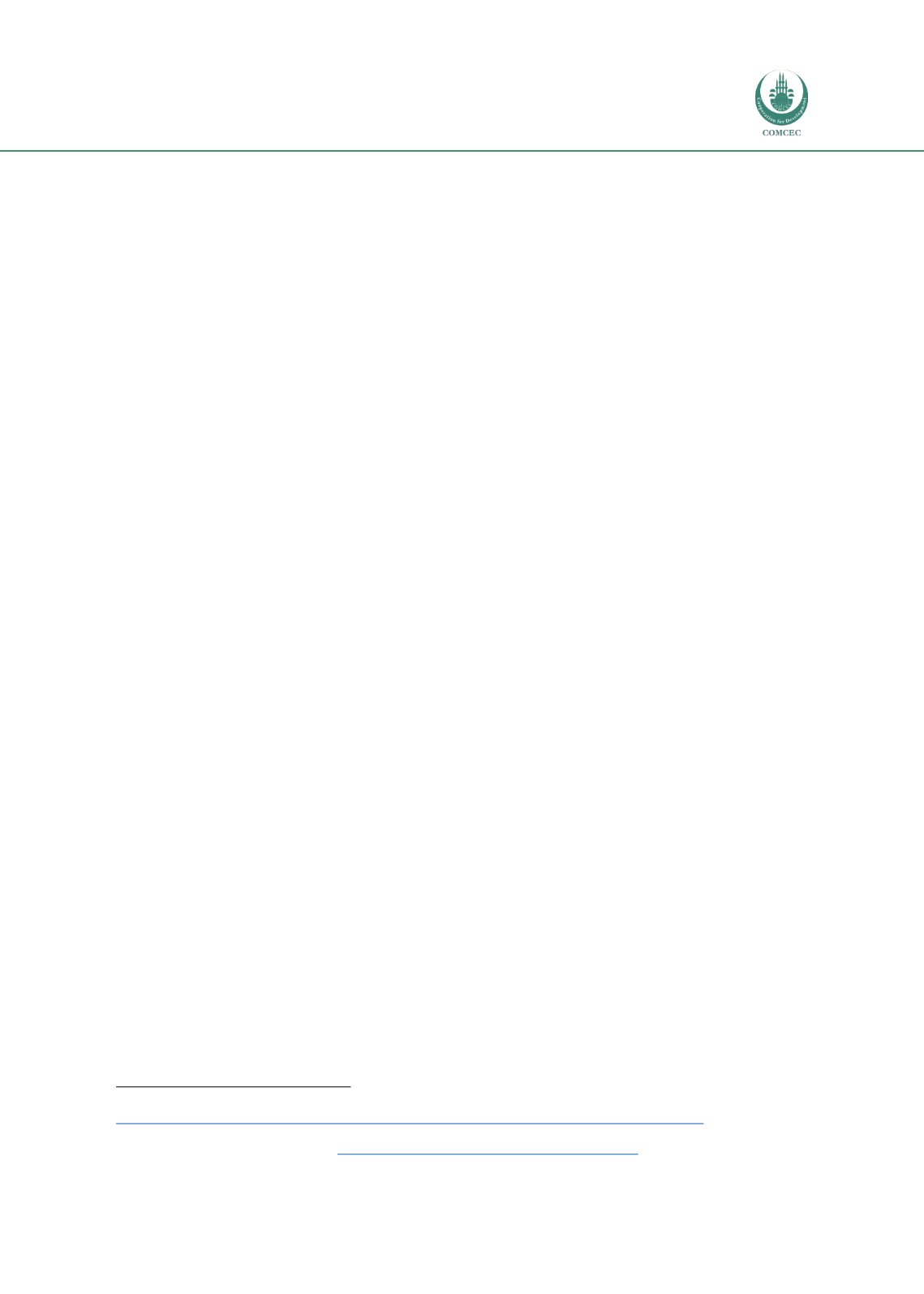

Improving Agricultural Market Performance:
Creation and Development of Market Institutions
81
The trend that these examples illustrate is far from universal, however. In late 2011 Côte
d’Ivoire established a state cocoa board, which became operational in 2012. Its stated purpose
was to “bring under one body the functions of four current organizations, [including]
international market of the cocoa crop…By engaging in forward selling, the new cocoa body
‘aims to encourage certainty and stability in the country's cocoa industry, and help enhance the
prosperity of growers’.” Some critics have pointed out that instead of maintaining production
and price stability this could “flood global markets, given the scale of Ivorian cocoa
production…The impact of this decision on the short term…could be a drop in world cocoa
prices.”
130
Though it is a non-Government entity, NOGAMU works in close coordination with several
Government bodies, including the Ministry of Agriculture, Animal Industries, and Fisheries
(MAAIF), the Uganda Export Promotion Board (UEPB), the Uganda National Bureau of
Standards (UNBS), and the Uganda Registration Services Bureau (for registration of producer
groups as corporate entities), as well as Ugandan universities. NOGAMU also works with
international partners, including the International Trade Centre (WTO/UNCTAD), the Center
for the Promotion of Imports from Developing Countries (CBI), and the Kenya institute of
Organic Farming (KIOF).
131
The above showcases that individual countries’ approach to market regulation and support
continues to be diverse and dynamic. The solutions that appear to work for a period of time in
one situation may not be immediately applicable to other nations or indeed to the same nation
at another point in time.
Nonetheless, the examples above provide a useful sample of approaches to discrete problems
and further show how agricultural and food market institutions may play a role in
strengthening markets and facilitating trade.
3.7 Reflection
Food market institutions are developed to manage, regulate, and promote the production and
export and import of food and to ensure that the products themselves are safe. In effect, they
are meant to improve the market system by addressing its common failures and connecting
supply with demand potential. In the Member Countries of the OIC, these institutions also
occasionally have the mission of encouraging the development of secure food supply networks.
While the OIC Member Countries have varying levels of sophistication regarding their
institutional frameworks, Ministries of Supply, Agriculture, State Marketing boards, Health and
Safety, and other agencies may all play some part in the agricultural and food markets of the
individual counties.
It is critical to note that different nations will take different approaches to addressing market
support and regulation based upon the structure of their agricultural and food economies.
Each will have different dominant commodities, export markets, and even different abilities to
grow food at all. Agencies and institutions often grow out of these specific identified needs,
130
Agritrade (2011), State cocoa board established in Côte d’Ivoire, available at
http://agritrade.cta.int/Agriculture/Commodities/Cocoa/State-cocoa-board-established-in-Cote-d-Ivoire[Accessed May
2017].
131
NOGAMU (2017), Home, available a
t http://www.nogamu.org.ug/index.php?page=nog_mti [Accessed May 2017].


















